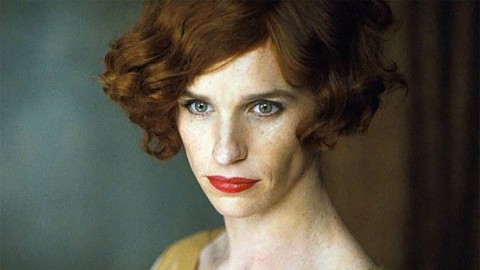‘The Danish Girl’ tells story of transgender pioneers

February 25, 2016
The Danish Girl, loosely inspired by the story of Lili Elbe, reveals the challenges and triumphs of Einer Wegener (Eddie Redmayne), a successful Danish landscape painter, and his transformation into Lili Elbe, the first transgender woman to have female gender reassignment surgery.
The idealistic life of Einer and his wife, Gerda (Alicia Vikander) gets disrupted when a silly game of dress-up and fun brings out Lili, Einer’s alter-ego. Lilli is someone who can dress like and be the person Einer truly is. As Einer begins to be left behind, Lili takes his place, leaving Gerda to struggle between wanting her husband back and supporting Lili.
Although Einer’s transformation is the main focus of the film, Gerda’s development is inspiring as she grows into Lili’s main source of support while managing a successful career and dealing with her divorce. Gerda goes from a struggling artist, trying to get her foot in the door, to the breadwinner. One of the tear-jerking scenes is when Gerda attends one of her galleries alone, hoping that Einer comes to support her; she cannot accept that Einer is gone and Lili has taken his place.
Another important scene displays the violence against transgender people in the mid-1920’s when transgender people were not common. Einer is walking in the park, his first public outing in women’s clothing when two men approach her asking her gender. The scene, although uncomfortable to watch, portrays the prejudice that transgender people face every day.
Overall, Redmayne and Vikander give amazing performances and do justice to those stories of Gerda, Einer and Lili. This movie kept me captivated until the credits rolled and left me depressed and in need of a good cry. However, this film is a must-see. It provides insight into how it feels to be a transgender woman in an era when it was unheard of.






